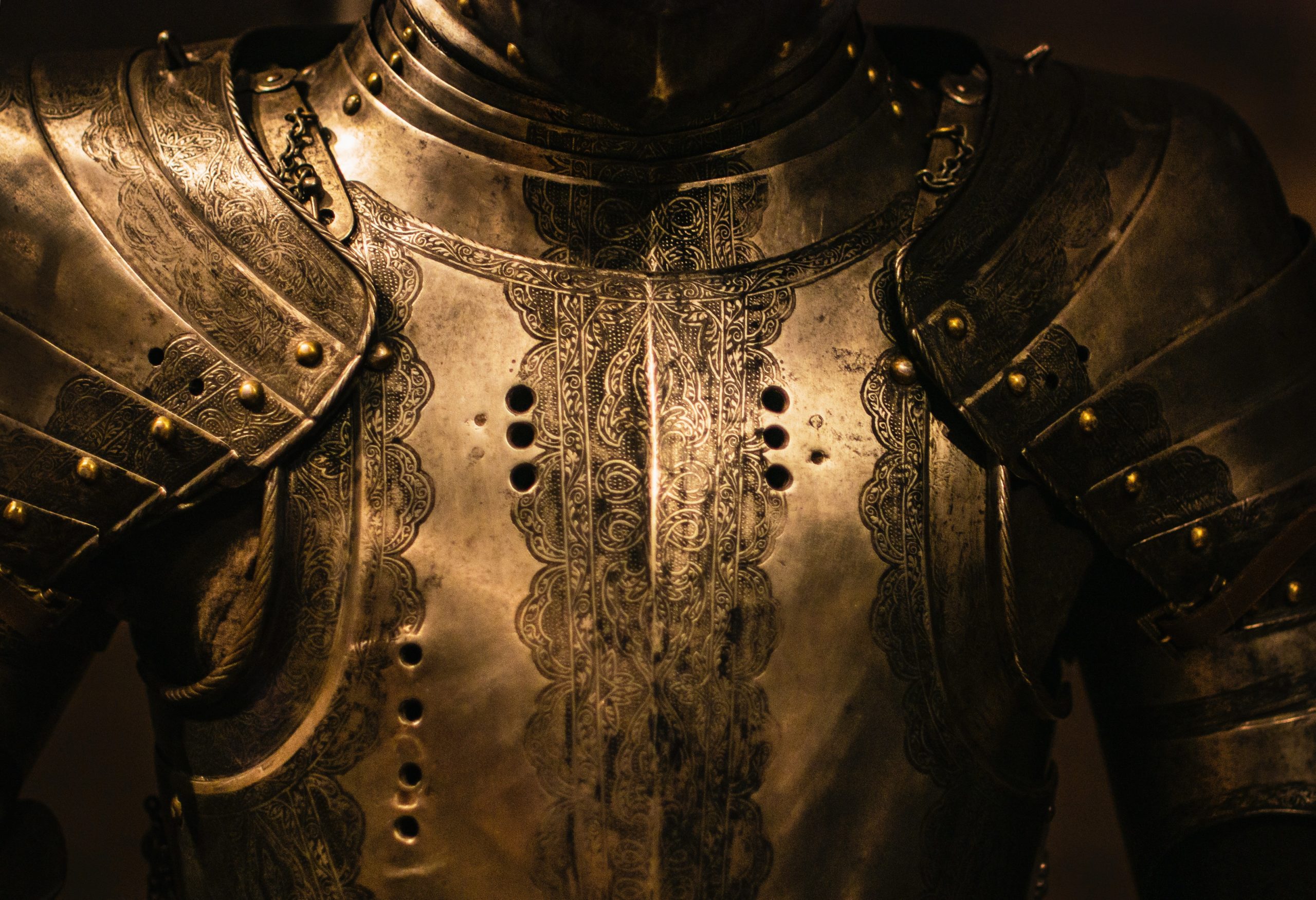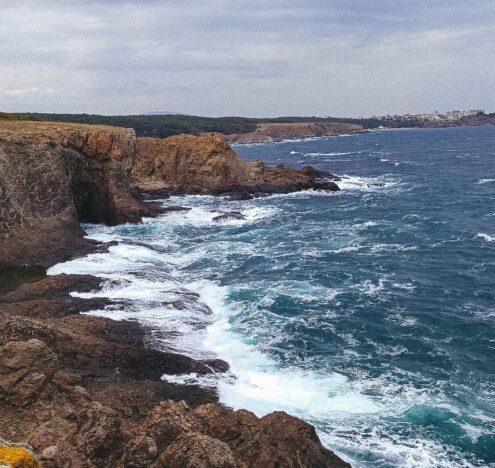On September 11, 2001, my mom drove me home from half-day kindergarten past snipers and roadblocks in Northern Virginia. The next day, our teacher asked us if we understood what had happened. A classmate named Brian, for whom English was a second language, demonstrated the attack that had transpired the day before by knocking down the two fingers of his left hand with the airplane his right hand made. I was five.
Twenty years later, I stood around a television on the third floor of my division headquarters as our Capitol, the assumed target of the last plane, fell to terrorists. As I watched a mob overrun a monument of democracy, I widened my gaze. Watching with me were senior officers and non-commissioned officers, men and women whose deployment patches spoke of their lives and service that had been irrevocably shaped by an attack two decades before. I had never seen them look so helpless.
I do not remember a time where my country was not at war. Birthed in the ashes of faith-based hate, the 9/11 attacks flavored what would become a faith-based conflict. Many Americans who did not practice Islam allowed themselves to see enemies where citizens stood. We grouped based on assumptions, and we pledged ourselves to the deep story that powers the myth of American identity — one of exceptionalism, whiteness, and Christian identity.
We did not stop.
It has been almost twenty years since I watched Brian knock over his fingers. In those years I have watched the TSA “randomly” search people who “looked like terrorists.” I have sat through classes on cultural competencies, listened to good, well-intentioned, morally strong soldiers alienate a faith and its adherents. I have watched the mirage of the Judeo-Christian heritage find an enemy of the “American value system” and wage a losing war, not simply to protect the homeland, but to protect the white, Christian West.
This is a country whose history classes deify the founding fathers and the quest for Christian religious freedom that brought America’s first white immigrants to its shores. The “War on Terror” offered a racially, theologically Othered enemy that seemed to restore this old American mythology – one of a white, Protestant culture fighting for its survival. For those for whom a white, Christian restoration offered sanctuary and power, an Arab, Muslim enemy also offered the rare opportunity to watch the West’s old Crusader myths be remixed for the 21st century.
In the rising action and tidal waves of combat boots, the absence of nuance characterized the early 2000s. Part of our mythos lies in the “simple moral enemy,” a group against which to outrage and wage our battles for the “American way of life.” As tanks rolled through deserts, far away from the marble of Washington, we replaced communists with “Islamic Extremists.”
As we manifested the terrorist abroad, we saw vestiges of him in our neighbors and, in our warmongering, we grew paranoid. Like the Patriot Act born of good intentions, we continued to react without regard to the consequences. We phrased our wars in terms of extremism and fundamentalism until both words became synonymous with Islam. Think tanks and policy wonks worked on battle plans and curricula to kill an ideology, a culture. Soldiers and students alike learned to think of the “Global War on Terror” as a counter-insurgency, not only on the battlefield, but in our backyards, in our universities. Islam bore with it a domestic stigma that would make Joseph McCarthy blush. America focused on a faith and demonized its adherents, and turned it into foreign and domestic policy.
The underlying beliefs fostered in the crucible of the Global War on Terror found new patterns and partnerships in the search for a new brotherhood, a new belonging, and a new enemy against which to rage, to fight.
We took our nation’s sons and daughters to places full of people “not like us” for various national interests, camouflaged in some genuine intentions and the dust of ground zero. Unspoken in these wars rooted the deep assumption that “we” were fighting for the white, Protestant, androcentric way of life that characterized the liberal West. Our own domestic issues, often based in a dark, historic perversion of the ubiquitous American Christianity, were skillfully masked in the contrived and communicated contrasts between the “Islamics” and “civil society.” This clever construction watered the soil for our own breeding ground of fundamental, extremist ideologies. When met with the national media’s mounting partisan rhetoric, gaining momentum since President Reagan’s repeal of the Fairness Doctrine in 1987, the flames of extremist ideology were fanned in a manner before believed to be unthinkable.
For those members of the American military steeped in the language of crusades, these neverending wars offered a bitter struggle whose purpose remained untranslated for many on the front lines. For many who returned home and exited their uniforms, they found a difficult transition to civilian life. A peacetime conflict did not offer the solace of an entire nation at war; soldiers returned to communities without the bonds of shared trauma. This emotional vacuum offered a verdant breeding ground for those searching for a tribe to find one mired in the specter of a conspired heroism. It is no surprise that 15% of the insurrectionists my colleagues and I watched break the Capitol were veterans.
For the sake of unity of purpose, the US military enables dormant ideologies to remain in its ranks, so long as it does not publicly affect the formation. A collective enemy depicted in stark contrast to the descendants of the greatest generation offered a subconscious permission to hate. The Us versus Them psychological structure eased the waging of an undefined war, while also allowing underlying ideologies to fester within the hearts and minds of our own. This did not evaporate when our soldiers returned. The underlying beliefs fostered in the crucible of the Global War on Terror found new patterns and partnerships in the search for a new brotherhood, a new belonging, and a new enemy against which to rage, to fight.
On Jan. 6, we saw the very same ideological weaponization we had strived for twenty years to eliminate rear its head and commit acts of terrorism on the very same ground we had gone to war to protect. On Jan. 6, the face of the American terrorist changed. Finally “terrorist” did not mean “Muslim.” Connoted and demonized for twenty years as a brown face practicing a minority faith, the face of the American terrorist paled, put on a red hat, took to a Facebook live stream and prayed to a Christian God.
The insurrection on Jan. 6 was the final death shake of an era that fostered American crusades for the Christian creation myth. As the balance of power shifts in America, the last throes of faith-based defense of “our” way of life also begin to die. The American anger that for so long had a target in the Middle East has now settled on Washington and the shifting laws attempting equity. Even as we attempted to halt an ideology we collectively recognized as a threat, we allowed ourselves to radicalize in the shadow of avenging American lives and restoring American power. As many of those we sent to war on behalf of American values now wait for their court dates, I wonder how we will handle the ensuing domestic war on terror. And I wonder whether we will learn from the failures of the last twenty years in our efforts to do so.
Carlin Keally is an active duty Armor Officer. A 2018 graduate of Georgetown where she studied Arabic and Theology, she currently serves in Georgia, where she is pursuing a graduate degree in Religion.





















